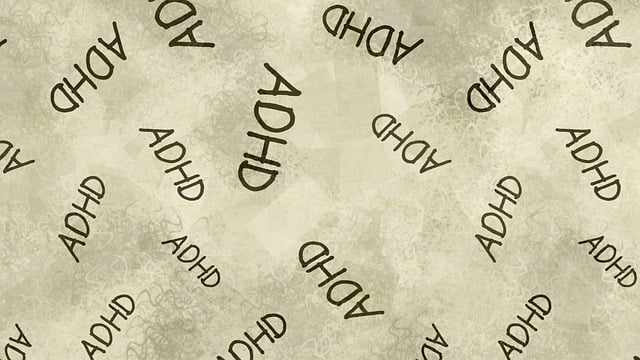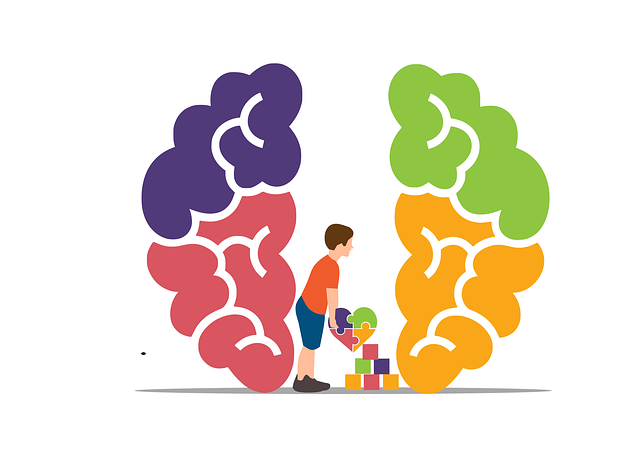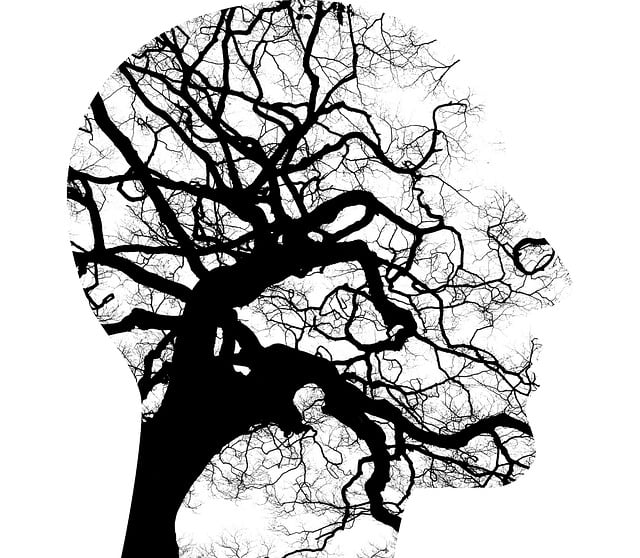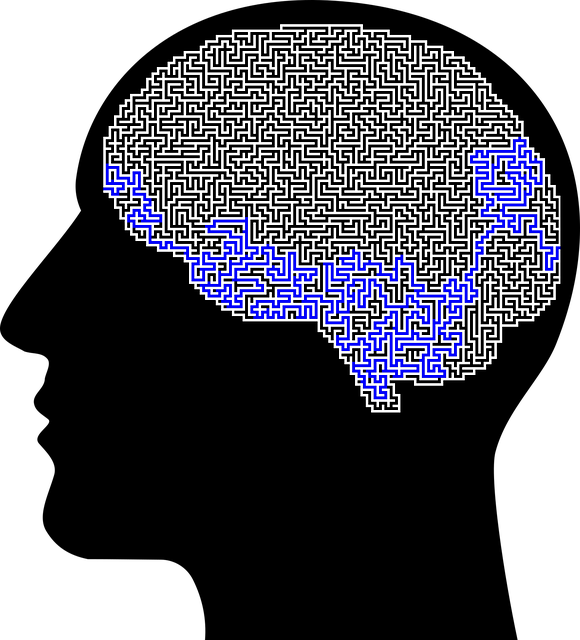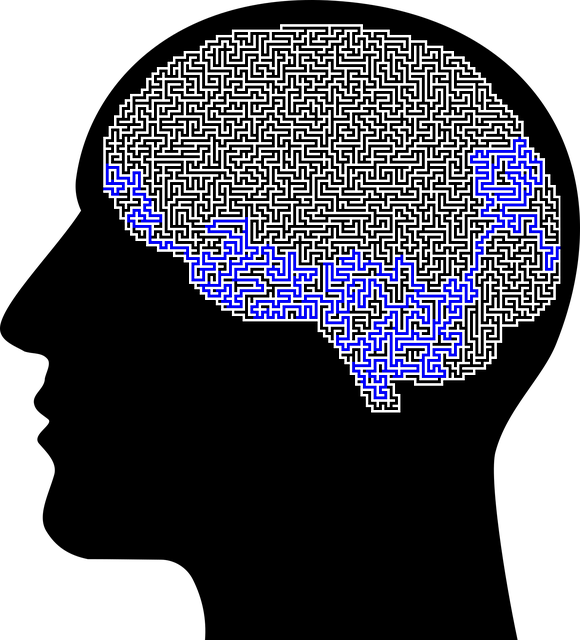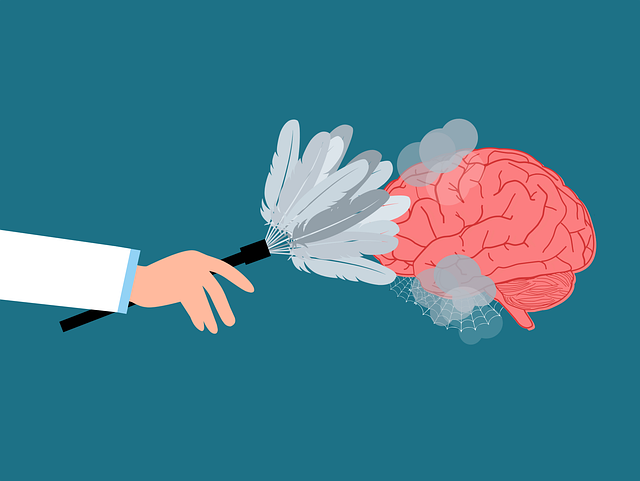Lone Tree Neuro Disorders Therapy emphasizes the critical importance of evaluating mental wellness programs to measure effectiveness, improve services, and cater to diverse needs. They employ a mixed-methods approach, combining quantitative data (surveys, metrics) and qualitative insights (interviews, case studies) for a holistic evaluation. This strategy reveals tangible outcomes like symptom reduction and improved social skills. By integrating participant feedback, the therapy center tailors programs, ensuring personalized treatment and fostering resilience in both clients and staff. Continuous evaluation allows Lone Tree Neuro Disorders Therapy to stay agile, responsive, and committed to enhancing mental wellness goals.
“Mental wellness programs have gained significant importance, especially in managing neuro disorders. This article explores effective evaluation methods for such initiatives, focusing on Lone Tree Neuro Disorders Therapy as a case study. We delve into understanding these programs, their effectiveness assessment, and the crucial role of data collection.
Furthermore, it highlights qualitative vs quantitative techniques and emphasizes continuous improvement through feedback integration. By examining these aspects, we aim to provide insights into optimizing mental wellness initiatives.”
- Understanding Mental Wellness Programs
- Evaluation Methods for Program Effectiveness
- The Role of Data Collection in Lone Tree Neuro Disorders Therapy
- Qualitative vs Quantitative Assessment Techniques
- Continuous Improvement Through Feedback Integration
Understanding Mental Wellness Programs

Mental wellness programs are designed to support individuals in maintaining or improving their emotional, psychological, and social well-being. These initiatives can take various forms, from individual therapy sessions at Lone Tree Neuro Disorders Therapy to group support programs focused on enhancing mental health awareness and coping strategies. The evaluation of such programs is a critical step to understanding their effectiveness, identifying areas for improvement, and ensuring they meet the unique needs of their target populations.
Effective evaluation methods go beyond simple satisfaction surveys and delve into measuring tangible outcomes related to mental wellness. This includes assessing improvements in symptoms of common mental health disorders, enhanced social skills through training programs, and changes in behaviors that impact overall well-being. Moreover, evaluating these programs requires a holistic approach, considering cultural sensitivity, accessibility, and the alignment of services with current mental health policy analysis and advocacy efforts.
Evaluation Methods for Program Effectiveness

Effective mental wellness program evaluation is paramount to understanding and improving outcomes, much like Lone Tree Neuro Disorders Therapy leverages tailored approaches for its clients. Several methods can assess program effectiveness, each offering unique insights into participant experiences and growth. Quantitative techniques, such as surveys and metrics tracking, provide data-driven evidence of success by measuring changes in symptoms, attitudes, and behaviors before and after the program. For instance, evaluating emotional regulation skills through standardized assessments offers tangible evidence of improvement.
Qualitative methods, including interviews and focus groups, offer deeper, more nuanced insights into participants’ journeys. These methods can reveal individual stories of transformation, pinpointing specific interventions or strategies that resonated most, such as empathy-building exercises within Mental Health Education Programs Design. By combining these evaluation approaches, programs like Lone Tree Neuro Disorders Therapy can gain a comprehensive understanding of their impact, allowing for continuous improvement and enhanced support for those seeking emotional well-being.
The Role of Data Collection in Lone Tree Neuro Disorders Therapy

Data collection plays a pivotal role in Lone Tree Neuro Disorders Therapy, serving as the foundation upon which treatment strategies are built and evaluated. Through meticulous data gathering, therapists gain insights into each client’s unique journey, from their initial presentation to progress over time. This process involves administering standardized assessments, conducting clinical interviews, and utilizing observational techniques to capture subtle changes in symptoms, cognitive functions, and emotional states. By quantifying these aspects, professionals can identify patterns, track the effectiveness of interventions, and make informed decisions tailored to each individual’s needs.
Incorporating data collection methods is particularly crucial for risk management planning in mental health professions. It enables practitioners to anticipate potential risks, implement effective burnout prevention strategies for healthcare providers, and ensure the overall well-being of both clients and caregiving staff. Moreover, by regularly assessing self-esteem improvement alongside other psychological dimensions, therapists can contribute to a holistic healing process, fostering resilience and enhancing clients’ ability to navigate life’s challenges.
Qualitative vs Quantitative Assessment Techniques

In evaluating mental wellness programs, both qualitative and quantitative assessment techniques play complementary roles in gaining a comprehensive understanding of their effectiveness. Qualitative methods, such as interviews, focus groups, and case studies, offer deep insights into participants’ subjective experiences, perceptions, and personal growth journeys. These approaches are particularly valuable for exploring complex topics like self-esteem improvement and stress management, providing rich narratives that can guide program enhancements tailored to individual needs.
Quantitative assessments, on the other hand, leverage structured tools and surveys to measure mental health outcomes at a broader scale. They provide statistically significant data on changes in symptoms, behaviors, and overall well-being over time. For instance, Lone Tree Neuro Disorders Therapy might employ standardized questionnaires to gauge improvements in specific domains, such as stress management or healthcare provider cultural competency training, allowing for comparative analyses across different program implementations. Integrating both qualitative and quantitative data sources ensures a multi-faceted evaluation, fostering informed decision-making in mental wellness program design and delivery.
Continuous Improvement Through Feedback Integration

Effective mental wellness programs recognize that continuous improvement is a journey fueled by feedback integration. At Lone Tree Neuro Disorders Therapy, we understand that gathering and analyzing participant feedback is not just a task but a powerful tool for enhancing the quality of care. This process involves actively soliciting input from individuals undergoing therapy, which provides valuable insights into the program’s effectiveness. By integrating this feedback, we can make data-driven adjustments to tailor our approaches, ensuring that each person receives the most suitable and impactful treatment.
The benefits extend beyond individual growth; they foster a culture of resilience building and confidence boosting within the program. As participants share their experiences and suggestions, it becomes easier to identify areas where improvements can be made in stress management techniques, therapeutic practices, and overall program structure. This ongoing evaluation allows us to stay agile, responsive, and committed to supporting our clients’ mental wellness goals.
In evaluating mental wellness programs, such as Lone Tree Neuro Disorders Therapy, a multifaceted approach combining qualitative and quantitative assessment techniques is essential. By understanding program effectiveness through diverse evaluation methods, therapists can optimize treatment outcomes. Integrating feedback into continuous improvement processes ensures that programs like Lone Tree Neuro Disorders Therapy remain adaptable and responsive to individual needs, ultimately enhancing overall mental wellness.


